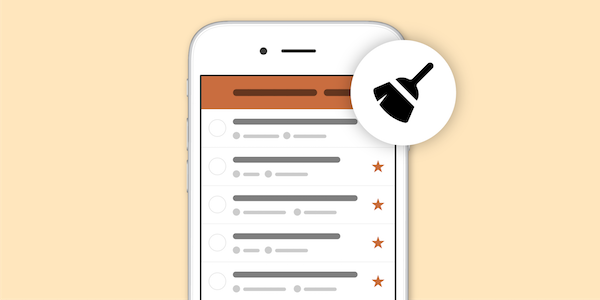
In this post I’d like to share with you 6 ideas on how to de-clutter your to-do list, even when you feel like you’ll never dig yourself out of all your obligations. I’ll show you how I managed to achieve “zen” in Nozbe by minimizing and simplifying many things and letting go of rules I thought were important for a long time.
This is a guest post by a Nozbe user - Pawel Muzyka.
Tip 1. Change the way you think about priorities
I’ve often put myself in situations where I had 30-40 or more tasks on my priority list. In order to find the task I wanted to get done at a particular moment, I had to use several filters. Unfortunately, it took a long time before I asked myself: why am I wandering through this maze of tasks?
Are each of these tasks really a priority? Maybe one day they will be and then I’ll focus all of my attention on getting them all done but right now some of them are still waiting to be that important.
This led me to adopt the following rule: priorities are only those tasks that need to be done today.
Although I make long-term plans, and set quarterly and yearly objectives, in my main view in Nozbe I want to live in the now. None of the tasks that I’m planning to do tomorrow or next week are as important as my present obligations, so I don’t need to mark them with a star or even see them on my list. When the time’s right, I’ll add them to my priority list but for now they shouldn’t occupy my attention.
A short, succinct list of priorities for each day assures order and allows me to achieve inner peace. With a short list, I know I’ll be able to get my tasks down to zero every day.
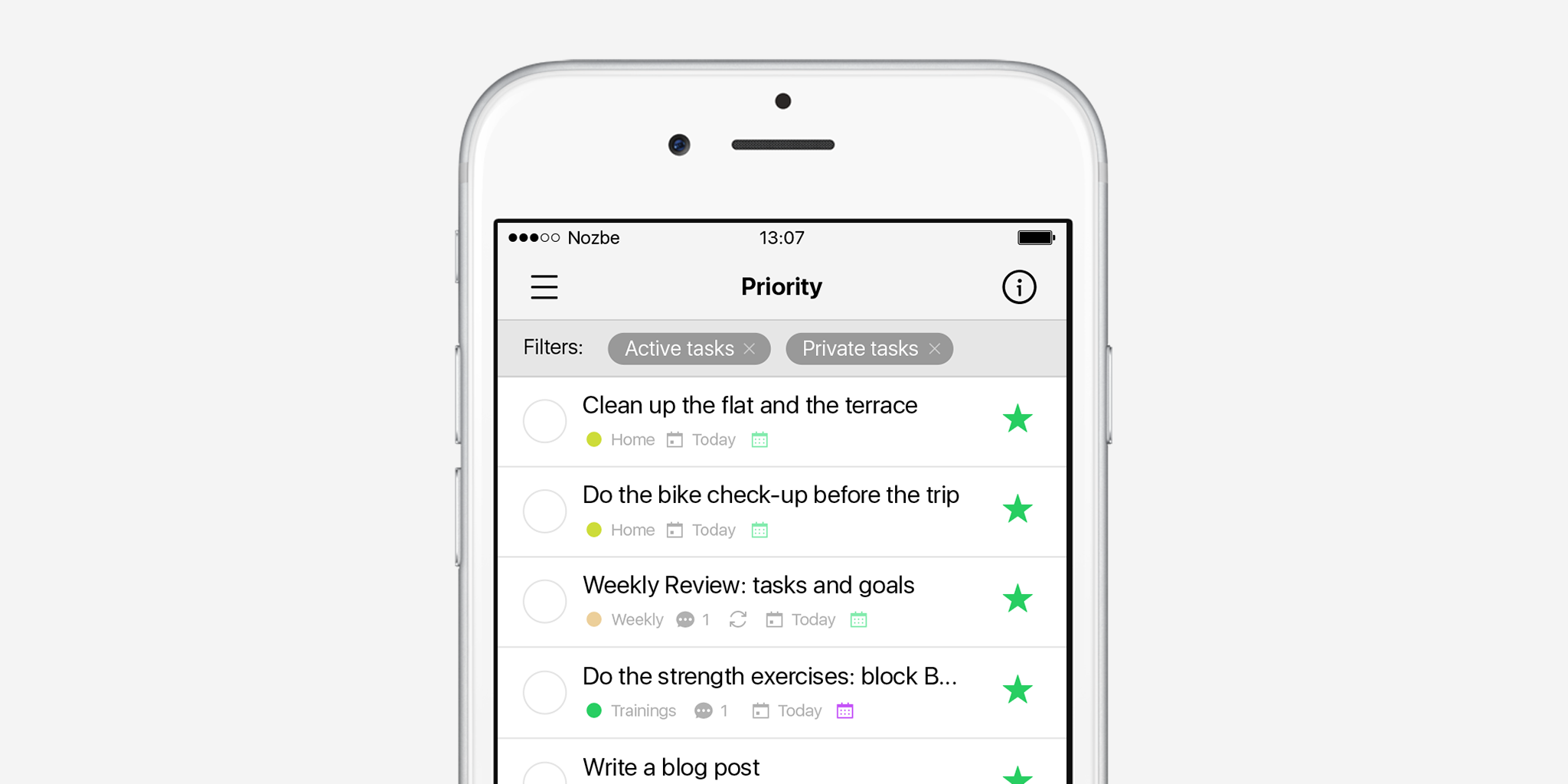
Tip 2. Place your tasks on a timeline
While some people may not like this idea, I stick to the following principle: when adding a task to Nozbe, set the most realistic deadline for when you intend to complete it.
You don’t need to be too rigid about the date – you can always change it, but place it somewhere among the tasks that are already in your system for your own reference. Think about where it would fit best on your calendar. Give yourself a signal that you’re intending to take care of this sooner than “sometime.”
Excluding the most complex projects (usually work-related ones, which depend on the activity of more than one person), many of your obligations are simple tasks. So you shouldn’t have a problem with placing them on a timeline. You know what time your workout is, when you’ll need to do the laundry or make an important call, and when you’ll have time to sign your child up for kindergarten and stop by the market on your way home.
It’s OK if the execution of a task shifts one day forward or back on the timeline. It’s not about blindly sticking to the plan. Just remember: a chronologically arranged task list is easier to manage than a pile of loose actions.
In my productivity system, I assign estimated completion dates to all tasks planned for the current month that haven’t been moved to the “Sometime | Maybe” project.
Tip 3. Create containers for tasks
Another mistake, similar to creating much-too-long and vague priority lists, is collecting open projects.
Unfortunately, the mere fact of having lots of projects doesn’t mean that you’re a busy and productive person. It simply means that… you have a lot of projects. Nothing more.
In Nozbe, a great way to manage loose tasks is provided by containers. Examples may include “Home,” “Errands,” “Personal finances” or “Business meetings.” By using them, you’ll avoid the temptation of constructing separate mini-projects, when these matters fit perfectly into tasks.
One of my daily obligations is checking the results my team achieved on the previous day. I generate and then analyze pre-defined reports. I could create a separate project for this task, or maybe even a template in which I listed out the subsequent steps. In practice though it’s just a simple, routine task. Just a quick look to check if everything’s fine.
Instead of a separate project with 10 tasks I just have one task with a checklist I can tick off in less than 15 minutes.
I’m sure you’ve faced the “is it a task or a project” dilemma many times yourself. It’s important to weigh it out to avoid drowning in the sea of seemingly complex matters which, as it turns out, you can cope with in 60 seconds.
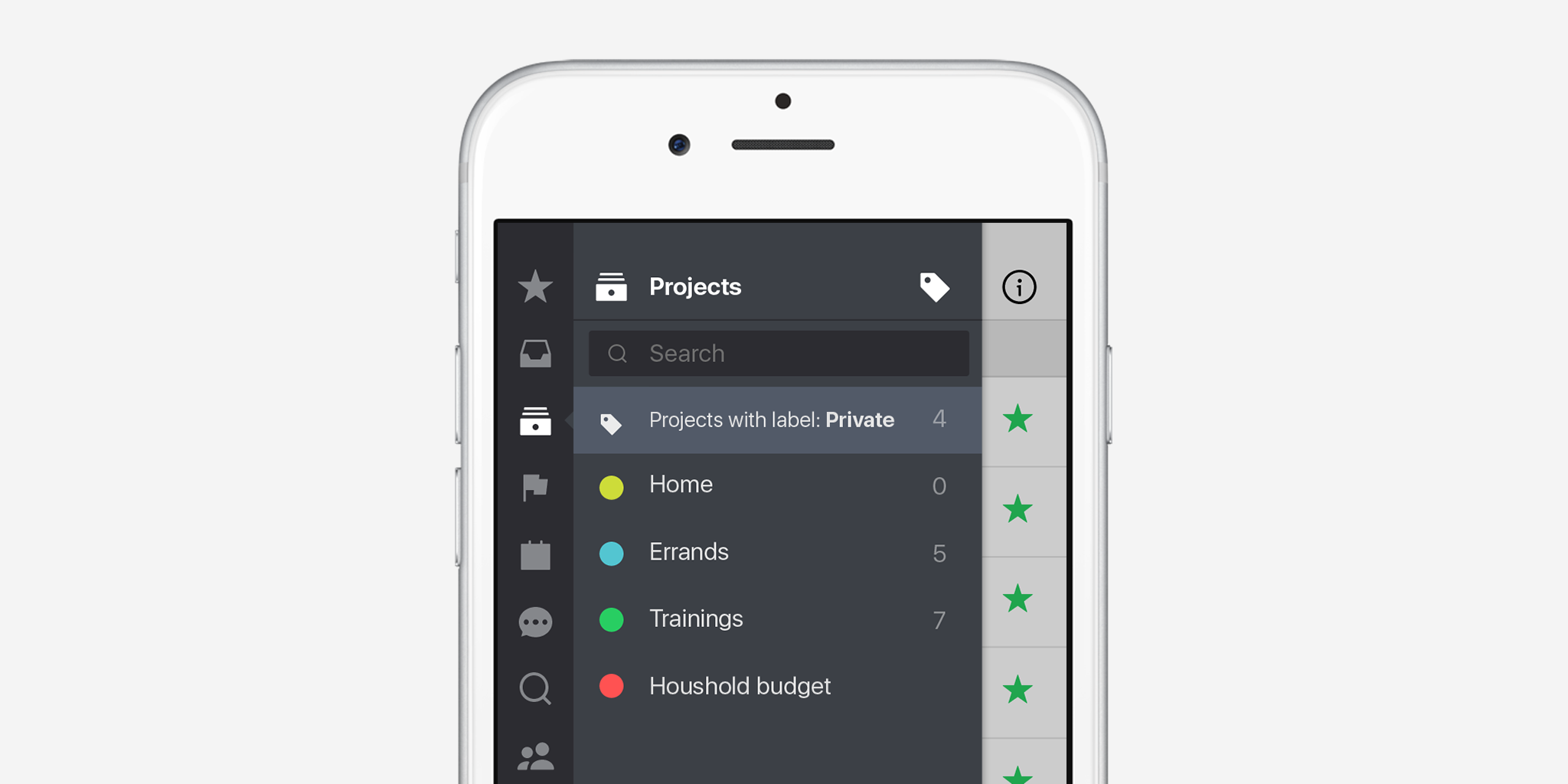
Tip 4. Re-think the usefulness of categories
Interestingly, generic projects like “Home,” “Household budget” or “Business meetings” are also… categories. Or, as some people prefer, contexts.
I noticed that when I try to assign categories to all of my tasks, I tend to duplicate the names of generic projects, which effectively renders them useless.
On the other hand, when using containers for loose tasks for which you’ve also set due dates (they form a coherent whole, possible to view in the “Calendar” tab) – it might turn out that you don’t need to set additional parameters for these tasks in Nozbe.
Maybe you don’t need to add further categories to your household duties if they’re already collected in one project. Maybe you don’t need to mark your next actions if the sequence of your activities is determined by task due dates. In that case, you may either completely do without categories or rethink their role inside your system. I, for example, like using categories that denote the time of the day. They allow me to, for instance, filter tasks I want to get done in the evening.
But remember that sometimes to make things better, you just have to simplify them. Multilevel categorization is used mainly by people whose systems are such a mess that they aren’t able to organize them in any other way.
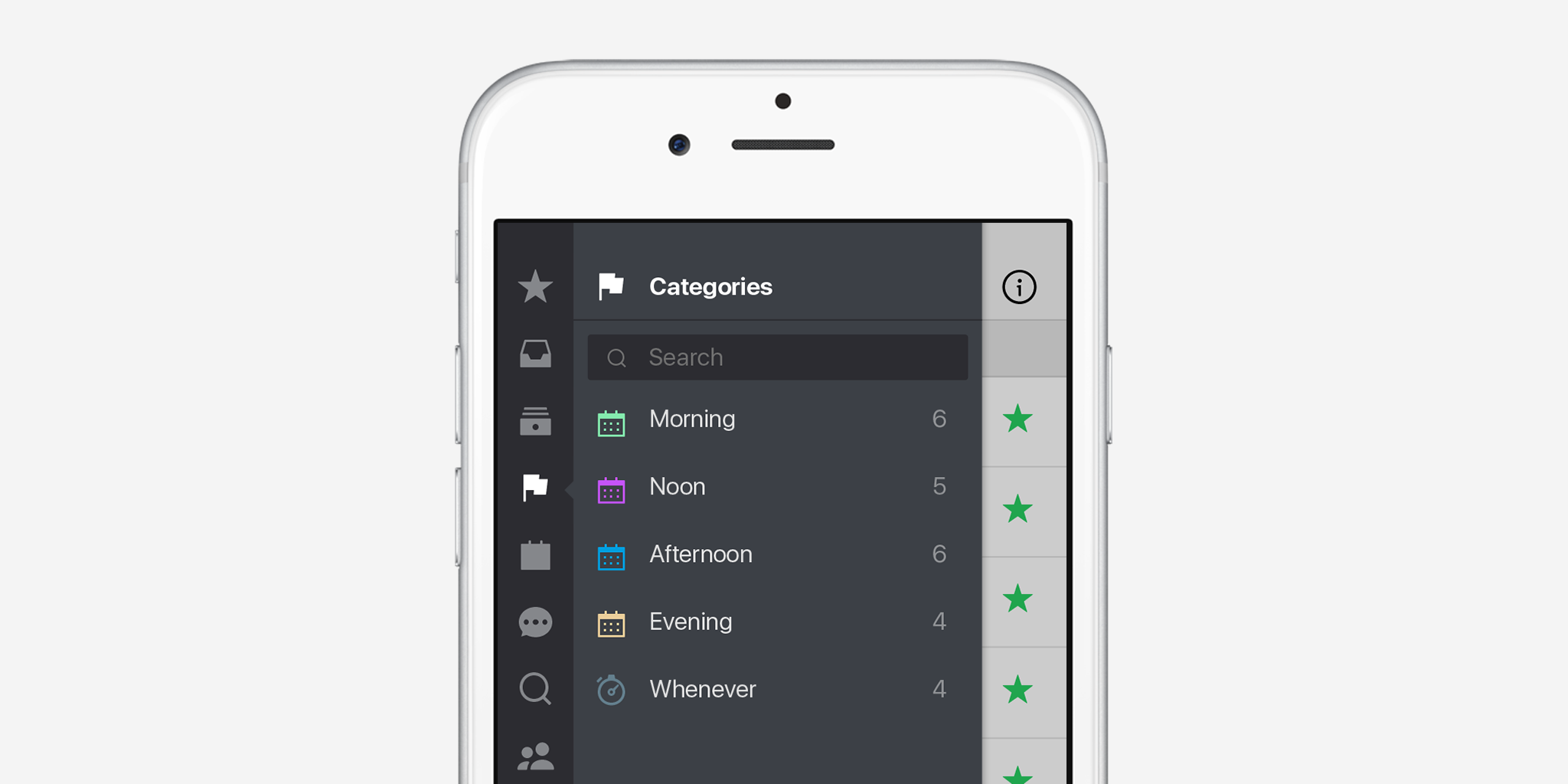
Tip 5. Use labels
If your projects and tasks are divided into at least two different thematic groups – labels can work magic.
With a single click, they allow you to isolate yourself from the information noise that unnecessarily absorbs your attention. You can apply any division criteria: divide projects into private and work-related ones, separate private projects from collaborative ones, group together everything that concerns a particular subject – the possibilities are only limited by your needs.
Personally, I never combine my private and work-related view in Nozbe. I treat them as two different worlds. They disappear and re-appear whenever I need them.
Labels also facilitate planning in the calendar view. It’s a good idea to adapt them to your own mode of work so that Nozbe shows you only the tasks that you’re currently tackling.
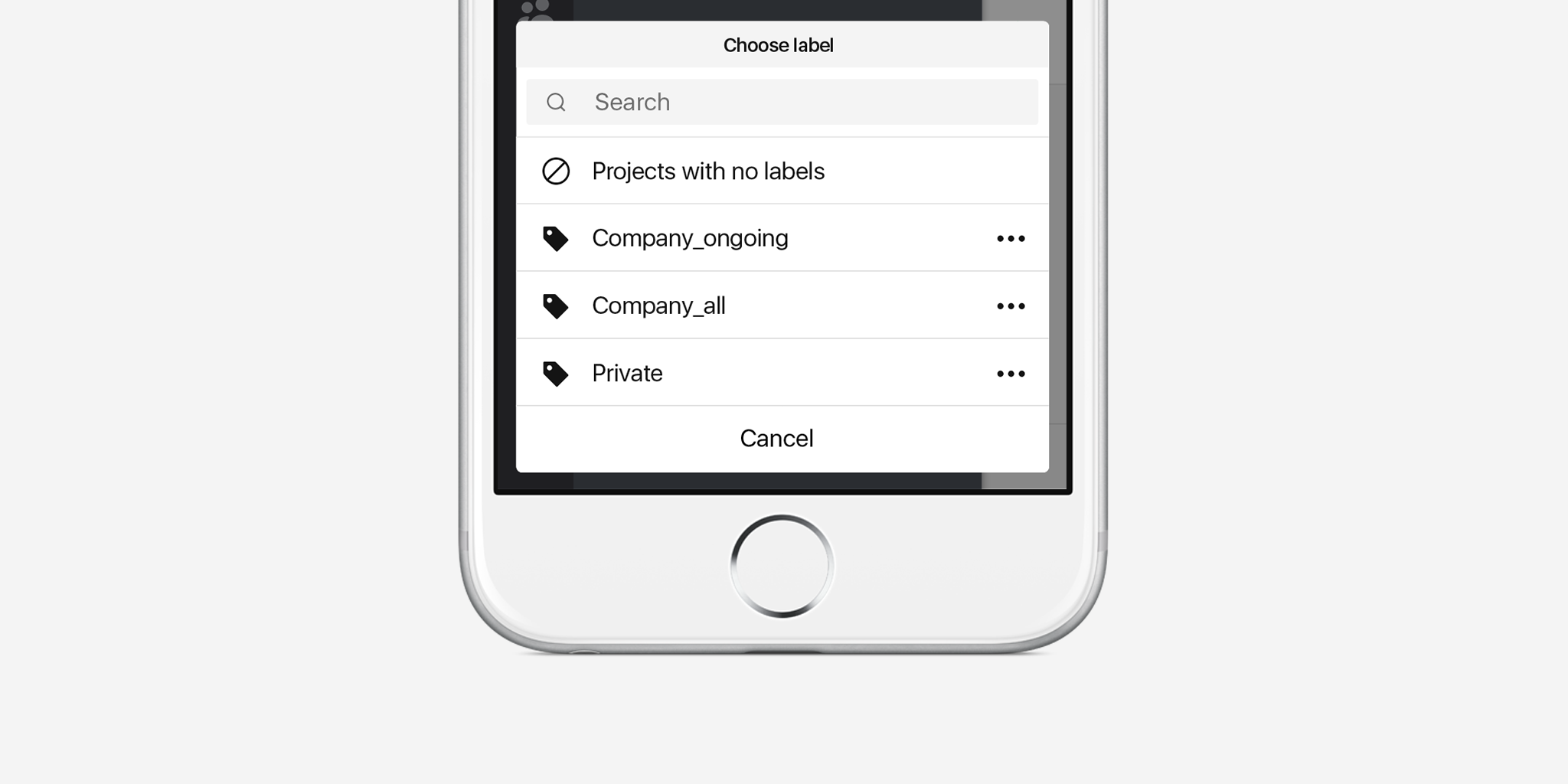
Tip 6. Don’t clutter
As this post was supposed to be about slimming down and cleaning up your system, here’s the final, and perhaps the most important suggestion.
Nozbe can serve as a personal notebook – for example, a catalogue of movies you’ve watched, a list of restaurants worth visiting, or links to articles that you might want to read in the unknown future. Yes, it will hold all of this information… and unnecessarily absorb your attention in the process. But the question is: how will you benefit from it?
It might turn out that the more information you put into your system (they don’t always have to be formulated as tasks), the more difficult it will be to find and focus on the things that push your projects forward and that you should really care about.
We all operate in different areas, have different responsibilities, share projects with a varying number of users. It’s not easy to keep everything in order. But regardless of how busy we are, we should all be able to maintain a short list of concrete, achievable and time-scheduled projects and tasks. A list you’ll be able to analyze on a weekly basis: in one fell swoop and with a smile on your face, not just to “get to the end when there’s no end in sight.”
If you’re not able to do that, it means that it’s time to put your system on a diet! :)
Author: Paweł Muzyka, former journalist and fan of Nozbe and productivity techniques. New technology aficionado, passionate about everything that’s happening on the web. He’s currently professionally involved in the advertising industry.


